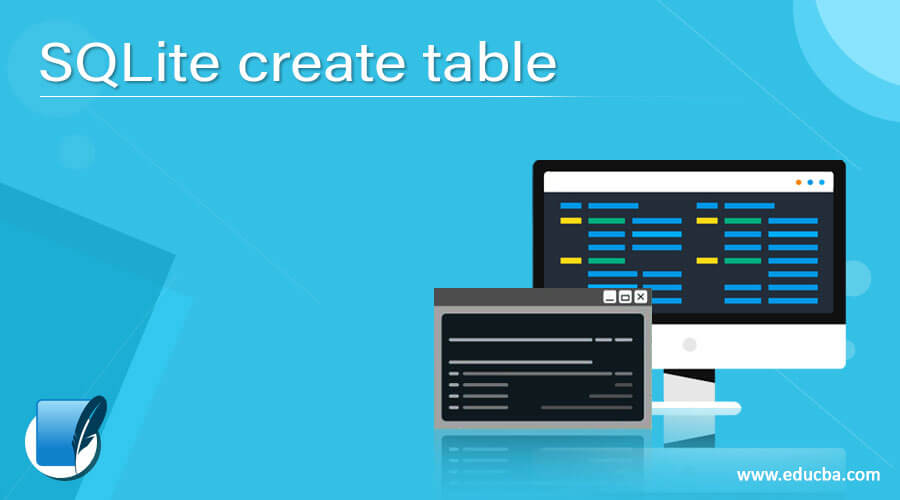
Using the command line to export data, run the following commands: sqlite>. Import table from csv Issue 218 pawelsalawa/sqlitestudio GitHub (This issue was migrated from the old bug tracker of SQLiteStudio) Original ID from old bug tracker: 364 Originally created at: Thu Sep 29 03:56:20 2011 Originally last updated at: Thu Sep 29 03:56:20 2011 DESCRIPTION: Program exports to. import FILE TABLE Import data from FILE into TABLE Options: -ascii Use 037 and 036 as column and row separators -csv. I've reproduced this problem using /usr/bin/sqlite3 3.7.13 in OS X 10.9.5 (as shown above) and version 3.7.3 in Debian 6. To export a table to a CSV file using DB4S, you can. However, if I create the table first, then it "works", but I end up with an unwanted header row since it is case (2): sqlite> CREATE TABLE sometable (a, b, c) A new table can be added in three possible ways, first, from the Structure menu (Structure > Create a table), second by clicking the Create a table icon on the toolbar, and third by right-clicking on the Tables in the Databases list window. Click on the Create a table icon as highlighted in the screen shot below: 2. Import data from Microsoft Excel Define a table and enter data manually: 1. Define a table and enter data manually 2.

$ ( echo 'a,b,c' echo '1,2,3' ) > somedata.csvĮnter SQL statements terminated with a " " Tables Views Creating Tables and Manipulating Records We will consider two ways in which you can import data into your database: 1. By utilizing the sqlite3 extension, we can use SQL statements and different dot commands to convert the SQLite database to a csv file. The sqlite3 tool uses the first row of the CSV file as the names of the columns of the table. SQLite project gives you a command-line program that we call sqlite3 or sqlite3.exe on Windows. Scripting The application currently supports JavaScript, Python and Tcl scripting languages. sqlite> create table people (name text, param1 int, param2 int) sqlite>. To avoid this, make sure that table does not previously exist. First, the sqlite3 tool creates the table. SQLiteStudio can import data from various formats (currently CSV or any text file using Regular Expression), or export to various formats (SQL statements, CSV, HTML, XML, PDF, JSON). If the CSV file contains an initial row of column labels, that row will be read as data and inserted into the table.

In other words, if the table does not previously exist, theįirst row of the CSV file is interpreted to be column names and theĪctual data starts on the second row of the CSV file.įor the second case, when the table already exists, every row of the CSV file, including the first row, is assumed to be actual content. Is automatically created and the content of the first row of the inputĬSV file is used to determine the name of all the columns in the In the first case, when the table does not previously exist, the table

There are two cases to consider: (1) Table "tab1" does not previouslyĮxist and (2) table "tab1" does already exist.


 0 kommentar(er)
0 kommentar(er)
